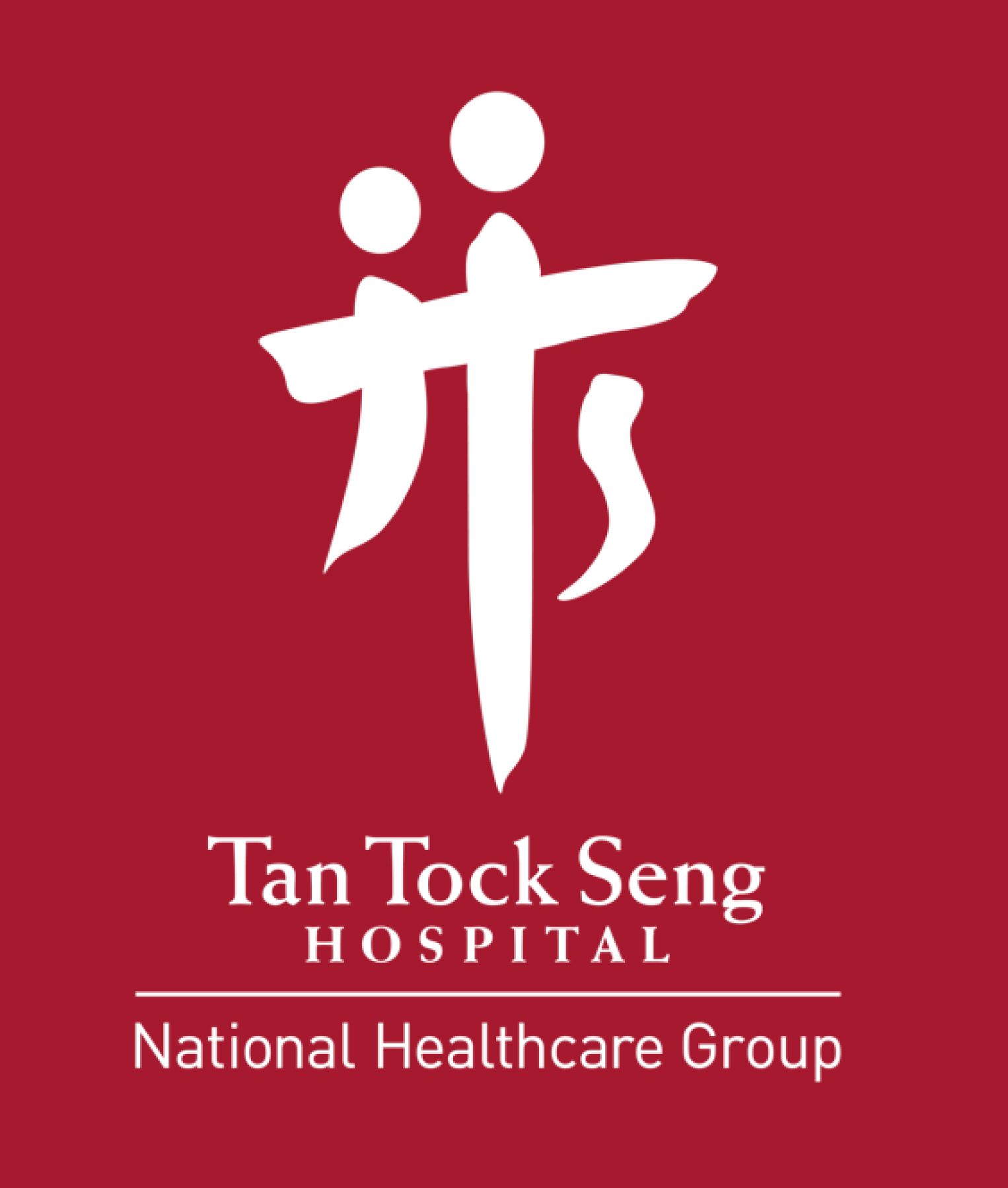Accurate Documentation
& Billing of
Implant(s) Used

Mission Statement
Accurate documentation & billing of implants used in Orthopaedic surgical procedures in Operating Theatres from 80% to 100% within 6 months.
Team Members
Evidence of a Problem Worth Solving
- Use of open financial charge (billing) code for implant used in Orthopaedic surgeries
- Wrong implant pricing quoted by vendor Misplaced/ missing invoices (implant used) by Material Management Department (MMD)
Intervention
- Educating sessions were conducted with OT nurses on implant documentation issues and billing errors.
- Vendor to send summary of invoices to OT nurse clinician for follow up. After validation, nurse clinician to send endorsed invoices to acknowledge the invoices were received and processed for payment.
- Billing codes created for all implants used in Orthopaedic surgical procedures, associated with accurate pricing, based on contract.
- In the new electronic medical record system, implant description include size, reference no. are built in with auto population of billing code and price.
- Revised workflow on dispatching invoices, OT clerk also email to MMD the summary of endorsed invoices collated.
Cost Savings
Estimated time savings from nursing documentation per orthopaedic surgical procedure: 10mins, translate into nursing manpower savings:
- Cost for Average Staffing per OT, per 10 minutes (per case): $7.73
- Cost for Average Staffing per OT (average 3 cases per OT), per 30 minutes: $23.19
- Cost for Average Staffing for 6 OTs (average 3 cases per OT), per 30 minutes for 80 days: $11,131.2
This is exclusive of other savings e.g. energy savings and ability to increase OT utilization from saved time.
Problems Encountered
- Time consuming in identifying implant without billing code at the initial stage, targeted into sub-specialty, e.g. adult recon, spine etc.
- Staff unable to find the product in system by using the reference number on the physical packaging, as the product reference number in the contract is different from the physical packaging. Included reference number on physical packaging in electronic medical record system
- Implants with revised pricing, nurse clinician did not send updated quotation to Ops support team for billing code price revision.
- Non diligent in documenting implant quantity.
Strategies for Sustaining the Gains
- Continuous training for OT Staff to be more vigilant while documenting implants used in OT
- Constant monitoring and maintenance to ensure implant price & description are accurate
- Timely feedback to check on the issues faced by ground staff
- Sharing and implementing in other surgical disciplines.
Lessons Learned
- Effective communication with team members and stakeholders
- Seeking feedback from ground continuously
- Concerted effort from all staff and teamwork is important.
- Constant monitoring and maintenance is essential.
- Frequent training to the ground staff
Presented at:









